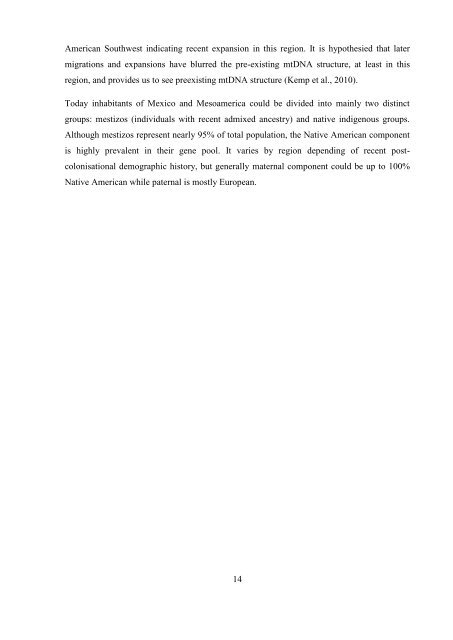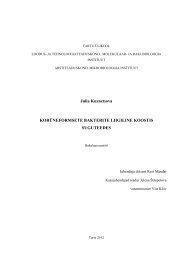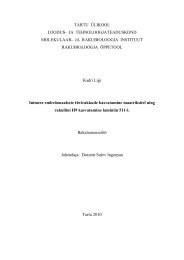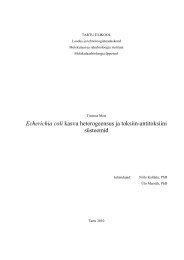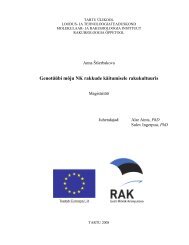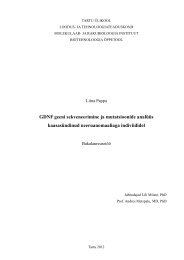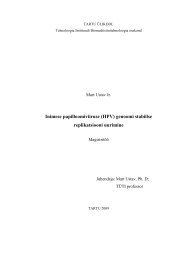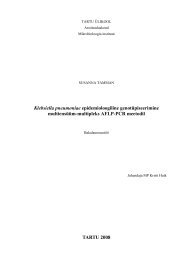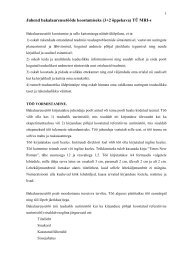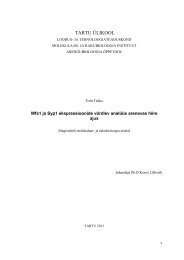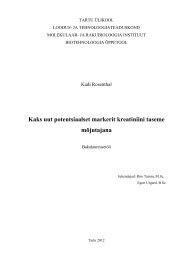Maternal variation in Huichol and Mixtec populations from Mexico
Maternal variation in Huichol and Mixtec populations from Mexico
Maternal variation in Huichol and Mixtec populations from Mexico
Create successful ePaper yourself
Turn your PDF publications into a flip-book with our unique Google optimized e-Paper software.
American Southwest <strong>in</strong>dicat<strong>in</strong>g recent expansion <strong>in</strong> this region. It is hypothesied that later<br />
migrations <strong>and</strong> expansions have blurred the pre-exist<strong>in</strong>g mtDNA structure, at least <strong>in</strong> this<br />
region, <strong>and</strong> provides us to see preexist<strong>in</strong>g mtDNA structure (Kemp et al., 2010).<br />
Today <strong>in</strong>habitants of <strong>Mexico</strong> <strong>and</strong> Mesoamerica could be divided <strong>in</strong>to ma<strong>in</strong>ly two dist<strong>in</strong>ct<br />
groups: mestizos (<strong>in</strong>dividuals with recent admixed ancestry) <strong>and</strong> native <strong>in</strong>digenous groups.<br />
Although mestizos represent nearly 95% of total population, the Native American component<br />
is highly prevalent <strong>in</strong> their gene pool. It varies by region depend<strong>in</strong>g of recent postcolonisational<br />
demographic history, but generally maternal component could be up to 100%<br />
Native American while paternal is mostly European.<br />
14


